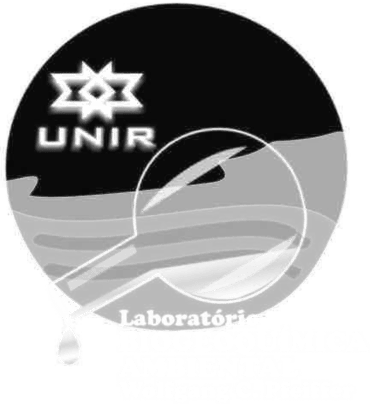Publicações 2022
Amazon, Gold miners, Biomagnification, Isotopic signatures
ARTIGOS & PERIÓDICOS
Let’s talk about mercury contamination in the Amazon (again): The case of the floating gold miners’ village on the Madeira River
Inácio Abreu Pestana, Carlos Eduardo de Rezende, Ronaldo Almeida, Luiz Drude de Lacerda, Wanderley Rodrigues Bastos
Abstract: An extensive fleet of rafts and dredges to extract sediments from the Madeira River looking for gold has reignited the debate about mining in the Amazon and the inevitable Hg contamination. The mining legislation in Brazil presupposes that miners are poor men with rudimentary implements, which does not jibe with what is happening today in the Amazon. The construction of the existing dredges is very expensive, and they are allegedly supported by big businessmen and politicians. Estimates indicate that 150 to 195 tons of Hg has been discharged in the Amazon region in the past two years. The fish-rich diet of people living in the Amazon makes them among the most exposed in the world to Hg. This is proven by the high concentrations found in the hair of riverside in- habitants, exceeding the safety limits defined by the World Health Organization. Incentives for agriculture and fishing could encourage gold miners to cease this activity, but this would mean a big paradigm shift for the current federal government’s agenda. Mining impacts are not limited to the Madeira River; they have system- atically advanced into indigenous reserves, as well as into national forests and other legally protected areas.
Evaluating total mercury and methylmercury biomagnification using stable isotopes of carbon and nitrogen in fish from the Madeira River basin, Brazilian Amazon
Marília Higino Mussy · Ronaldo de Almeida · Dario Pires de Carvalho · Leidiane Caroline Lauthartte · Igor Bruno Barbosa de Holanda · Marcelo Gomes de Almeida · Izidro Ferreira de Sousa‐Filho · Carlos Eduardo de Rezende · Olaf Malm · Wanderley Rodrigues Bastos
Abstract: The isotopic signatures of carbon in primary consumer fish species in the Madeira River basin (Western Amazon) follow a pattern, with basal species feeding mainly on C3 (e.g., vascular plants and phytoplankton). In this study with 196 specimens of 19 fish species and six trophic guilds, significant differences were found between the two main groups of primary consumers (herbivores and detritivores) in the Madeira River basin. The mercury and δ¹⁵ N data indicated that the fish specimens collected in Puruzinho and Cuniã Lakes provided greater trophic magnification factors (TMFs) for this metal than those found in the corresponding rivers. In relation to total mercury (0.09–2.07 µg g⁻¹) and methylmercury (0.05–1.91 μg g⁻¹) concentrations, the piscivorous/carnivorous species exceeded the values recommended by the World Health Organization, with a [MeHg:THg] ratio of about 80%. Preventive and educational practices should be adopted to reduce the possible toxic effects of Hg in the riverside population, for whom fish constitutes the main protein source. Also, biomonitoring of the fish species in the Madeira River should be conducted on an ongoing basis to detect possible alterations in mercury concentrations.





